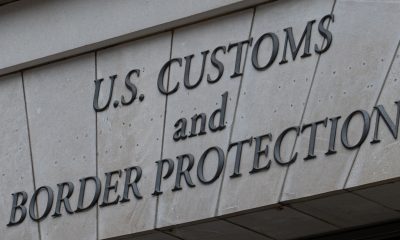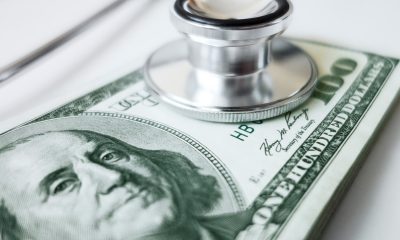#NNPA BlackPress
The Impact of Climate Change on Communities of Color
NNPA NEWSWIRE — “We have a climate gap in this country. The main reason being that millions of low-income people, many of them minorities, tend to live in the geographical areas that are most impacted by climate change…”

By Stacy M. Brown, NNPA Newswire Correspondent
@StacyBrownMedia
The planet will reach the crucial threshold of 1.5 degrees Celsius – or 2.7 degrees Fahrenheit – above pre-industrial levels by as early as 2030, precipitating the risk of extreme drought, wildfires, floods and food shortages for hundreds of millions of people, according to new climate change report issued by the UN Intergovernmental Panel on Climate Change.
To avoid such catastrophic events, governments the world over must make rapid, far-reaching and unprecedented changes in all aspects of society, according to the report.
The authors say the 2030 date is based on current levels of greenhouse gas emissions and that the planet is already two-thirds of the way there, with global temperatures having warmed about 1 degree Celsius.
“We have a climate gap in this country. The main reason being that millions of low-income people, many of them minorities, tend to live in the geographical areas that are most impacted by climate change,” Etienne Deffarges, a policy expert and former global managing partner at Accenture and senior partner at Booz Allen Hamilton, told NNPA Newswire.
“It’s no accident that the two most devastating hurricanes in the United States over the last 15 years, Maria and Katrina, took place in areas essentially populated by minorities,” Deffarges said, while also noting that more than 2,900 people in Puerto Rico died during Hurricane Maria and at least 1,800 perished because of Hurricane Katrina.
The vulnerability of low-income populations to climate change isn’t a United States-specific problem.
Some of the world’s poorest populations suffer even more acutely from extreme weather, Deffarges said.
However, low-income and minority populations also suffer from polluted water, like in Flint, Michigan and those who live near chemical plants or refineries are forced to deal with foul air that causes lung and other problems, he said.
Deffarges said Holland, for example, has spent billions on basic infrastructure, the primary solution for low-income and minority areas.
Better roads and public transportation can help put people out of harm’s way and housing infrastructure has a longer-term impact while it’s also necessary to ensure diversity in neighborhoods populated by lower income families, he said.
“If we spend the trillion dollars or more needed to rebuild our infrastructure, we will also achieve the additional feat of decreasing inequality in our country, improve living and working conditions for minorities, and reduce this climate gap,” Deffarges said.
Climate change and pollution go hand in hand, and they hit communities of color first and worst, said Bruce Mirken, a spokesman for The Greenlining Institute, a public policy, research, and advocacy non-profit organization based in Oakland, California.
“Because of the long, sorry history of redlining, low-income communities of color are most likely to be located alongside smoke-belching factories or refineries and busy highways, and also have the fewest resources to cope with heat waves, droughts, floods and other climate-related disasters,” Mirken said.
“On the bright side, fighting climate change requires building a new, clean energy economy, one that offers tremendous opportunities for communities of color.
“At the Greenlining Institute, we’ve successfully pushed California to ensure that as we fight climate change, underserved communities get the resources they need to benefit from our clean energy future. All states and the federal government should do likewise,” he said.
One mitigating factor could be a shift away from the “global standard diet” and a move to restoring agrobiodiversity with the idea that, globally, we now rely heavily on wheat, rice, corn, soybeans, and palm oil, said Jennifer Kaplan of the Culinary Institute of America, Greystone Campus, in California.
“We need to restore biodiversity in order to build in resilience to our food system so that we can find solutions when a crop succumbs to disease, pests, weeds, or climate change,” Kaplan said.
“The larger the number of different species/varieties of food we have, the greater the probability that at least some of them can cope with changing conditions. And, of course, GMO foods, that are designed to drought resistant, heat tolerant, etc. will also be able to ease this burden.”












































Pingback: The Impact of Climate Change on Communities of Color | – Yahabari..Afro American Aggregated News Wire !